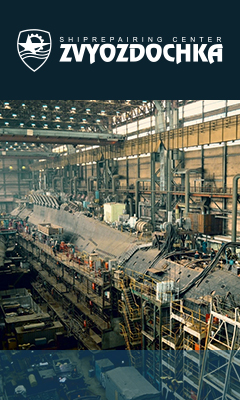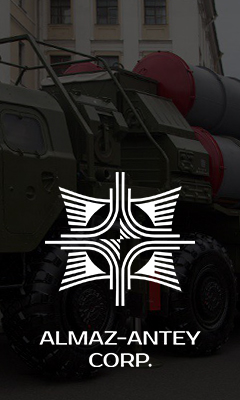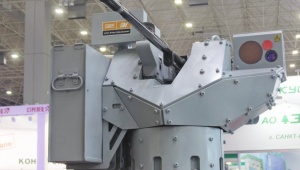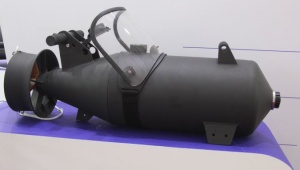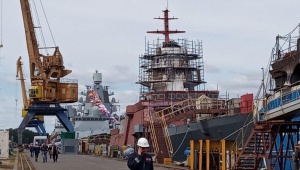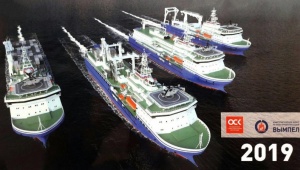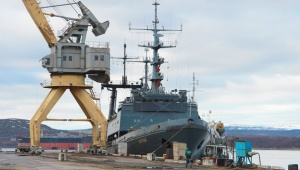In December 2018, the Navy commissioned Project 21631 small-size missile ship Orekhovo-Zuevo, lead Project 22160 modular patrol ship Vasily Bykov, Project 20380 corvette Gromky, and Project 22800 Karakurt-class lead corvette named Mytischi.
It seemed that Russian Navy’s rating positions would strengthen. The result, however, appeared 2% lower than the last year’s one. This is because most of the Russian Navy’s newcomers, except for Admiral Gorshkov frigate, are classified as small-size missile ships and littoral combat craft, which ‘weight factor’ is 1. Meanwhile, last year American shipbuilding industry produced two Arleigh Burke-class guided missile destroyers (weight factor 3) and a couple of Virginia-class attack submarines (weight factor 5).
Speaking of the Russian Navy’s prospects for 2019, the emerging trends will unlikely change: the large orders that the military are supposed to receive are the second Project 22350 frigate Admiral Kasatonov (weight factor 3) and the first modernized Project 885M Kazan nuclear-powered multipurpose submarine (weight factor 5). The rest are again corvettes or littoral combat ships. At the same time, American shipbuilders annually hand over 2 or 3 Arleigh Burke-class destroyers and same number of Virginia-class subs. Moreover, in 2019 US Navy has already commissioned the second Zumwalt-class destroyer, USS Michael Monsoor (weight factor 3). Also, take note of America’s littoral combat ship (LCS) shipbuilding program that has reached the rate of at least three ships per year.
RUSSIA/US NAVAL CAPABILITIES RATING
Mil.Press Today has been conducting an independent inquiry into strength and status of the global leading navies for over 10 years (researches for 2007, 2009, 2010, 2011, 2012, 2013, 2014, 2015, 2016, 2017, 2018).
Combat capabilities is understood here as an overall index of military parity representing a relation of Russia’s naval power to similar parameters of the world’s biggest navy, the US one. Sure, Chinese Navy has been actively growing in the recent years, too, but official Beijing is trying to keep the lid on any information about its shipbuilding program, so unbiased assessment of ROCN’s combat capabilities seems impossible.
To compare naval power of different class of Russian and American ships, we use conditional ‘weight factors’.
The primary objective of research is to detect a development vector of the Russian Navy regarding the strongest potential opponent. Notwithstanding complex, multifaceted and confidential input data and the lack of credible absolute values, outlining of relative dynamics is still possible, indeed, if based on sequential comparison within a certain time interval while the expert assumptions (‘weight factors’) remain unchanged. For more details, see the rating page.
Mil.Press Today takes into account the mission-ready ships, except for those in reserve or under long-term (over 3 years) overhauls or mothballed. The special-purpose ships and submarines are not considered in the rating either. The research is based only on the open source data.










